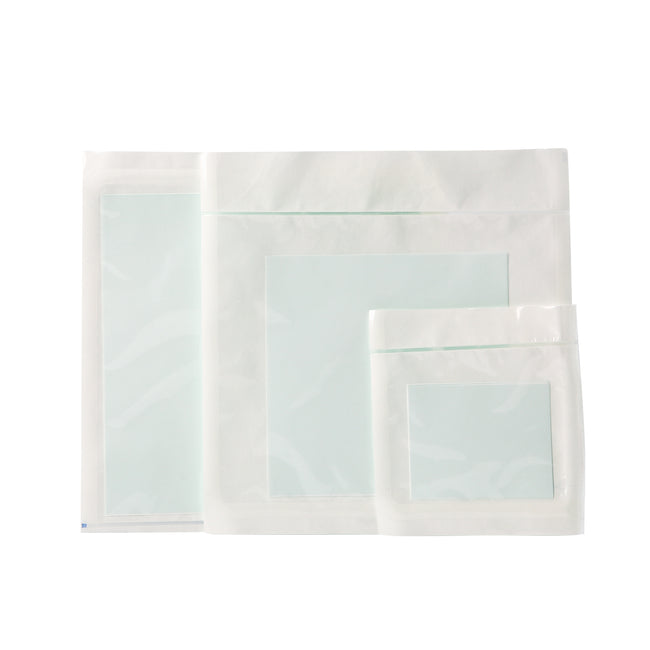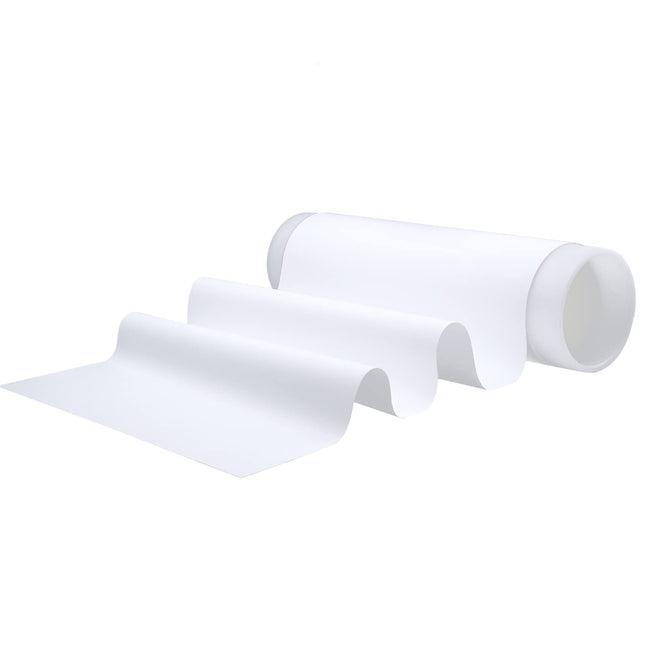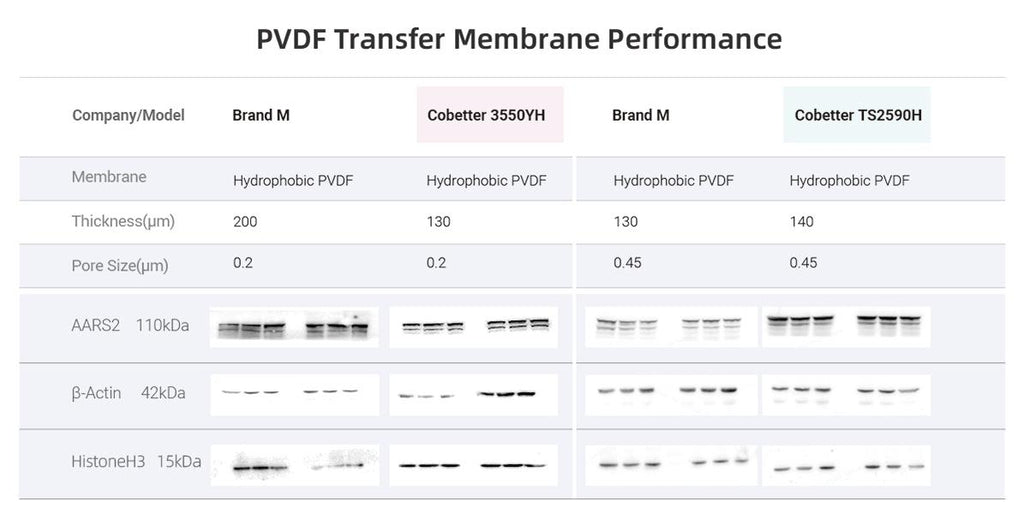-

COBETTER 84 × 70mm PVDF Transfer Membranes
Membrane Hydrophobic PVDFPore size 0.2/0.45μmPackage 50pcs/Pack -

COBETTER 150×150mm PVDF Transfer Membranes
Membrane Hydrophobic PVDFPore size 0.2/0.45μmPackage 25pcs/Pack -

COBETTER 200x200mm PVDF Transfer Membranes
Membrane Hydrophobic PVDFPore size 0.2/0.45μmPackage 25pcs/Pack -

COBETTER 26.5cmx3.75m PVDF Transfer Membranes
Membrane Hydrophobic PVDFPore size 0.2/0.45μmPackage a roll/pk

Cobetter PVDF transfer membranes feature high sensitivity and low background in Western blotting. The PVDF membrane is hydrophobic and needs to be prewetted by methanol. We offer pre-cut membrane sheets as well as coils. And available in 0.45μm for most Western blotting application and 0.2μm for immunoblotting of low MW proteins <20kDa.
Overview
Western Blotting is a method to analyze and quantify proteins. The protein is separated by gel electrophoresis to a solid phase support (PVDF membrane). Antibodies can generate antigen-antibody immune reactions with the target proteins attached to the PVDF membrane. The western blotting technology is to identify and semi quantitatively analyze a specific protein.
The western blotting protocol can be roughly divided into the following 7 steps: cell culture, protein extraction, concentration and exchange, SDS-PAGE electrophoresis, membrane transfer, blocking and antibody incubation, and protein detection.

| Cobetter | Hydrophilicity | Applications | Thickness | Available Sizes |
|
PVDF, 0.45µm |
Hydrophobic |
Optimized for Western blotting |
140 μm |
265mm*3.75m; 150mm*150mm; 200mm*200mm; 84mm*70mm |
|
PVDF, 0.2µm |
Hydrophobic |
For protein sequencing and immunoblotting of low molecular weight proteins |
130 μm |
265mm*3.75m; 150mm*150mm; 200mm*200mm; 84mm*70mm |
Notes
· Wet the PVDF membrane in methanol for 15 seconds.
· For samples containing small peptides, the equilibrium time of the gel in the transfer buffer should be limited to 10 minutes.
· Prevent bubbles from entering into the filter paper, gel or membrane.
· When the target protein is less than or equal to 20kDa, 0.22um PVDF membrane can be used to obtain the maximum retention.











